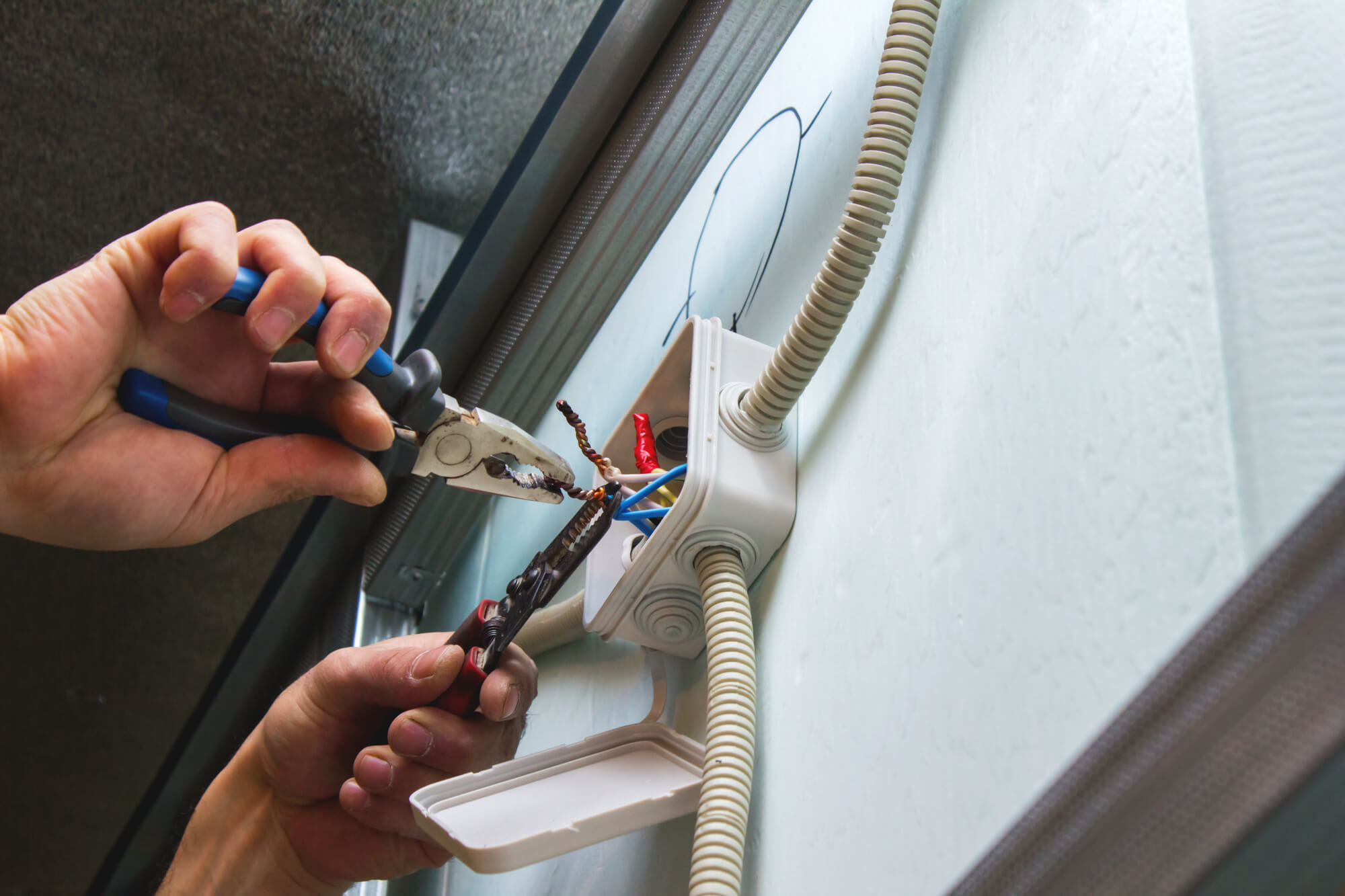
Taking on electrical projects in your home can be both rewarding and cost-effective. However, it’s crucial to prioritize safety and have a solid understanding of electrical wires and cables. Working with electricity can be hazardous, making knowledge of the various types of wires and cables, their applications, and safety protocols indispensable.
This comprehensive guide will give you valuable insights and practical tips to navigate electrical wires and cables confidently. Whether you’re a passionate do-it-yourself (DIY) enthusiast or simply looking to enhance your home’s electrical system, this article will be your go-to resource.
Understanding Electrical Wires And Cables
Electrical wires and cables are the conduits that facilitate the flow of electricity within your home’s electrical system. A fundamental understanding of their characteristics and purposes will empower you to make informed decisions when undertaking electrical projects.
The Importance Of Quality Cables
Using high-quality electrical wires and cables ensures safety and reliability in your electrical installations. Inferior or substandard cables can pose a fire hazard and lead to equipment failure.
It’s recommended to source your cables from reputable suppliers like the ones at https://cablepro.net.au/, which offer a wide range of reliable and certified electrical cables suitable for various applications.
Wire Gauge And Ampacity
Wire gauge refers to the thickness or diameter of the wire. The gauge of a wire determines its ampacity, which is the maximum current it can carry without overheating.
Thicker wires with lower gauge numbers have a larger cross-sectional area, allowing them to accommodate higher currents with minimal resistance. This characteristic makes them suitable for applications that require a significant flow of electricity, such as supplying power to major appliances, high-powered lighting fixtures, or heavy machinery.
Understanding wire gauge is crucial for selecting the appropriate wire size for your electrical project. Using a wire with a low gauge for the current load can result in overheating, which can lead to wire damage, equipment malfunction, or even fire hazards. On the other hand, using an unnecessarily thick wire for a lower current load can be helpful and efficient.
Types Of Electrical Wires
Below are the different types of electrical wires that you may encounter during your home DIY projects.
- Non-Metallic Sheathed Cable (NM): Non-Metallic Sheathed Cable, also known as Romex, is one of the most common types of electrical cable used in residential applications. It consists of two or more insulated wires bundled together and covered with a non-metallic sheath. NM cables are commonly used for general power and lighting circuits.
- Armored Cable (AC): Armored Cable, also known as BX or flexible metal conduit (FMC), is a flexible cable protected by a metal casing. The metal armor provides excellent mechanical protection, making AC suitable for exposed or hazardous locations. It is commonly used for outdoor installations and in areas where moisture or physical damage is a concern.
- Underground Feeder Cable (UF): Underground Feeder Cable is specifically designed for direct burial applications. It’s moisture-resistant and can be used for outdoor wirings, such as supplying power to landscape lighting, outdoor outlets, or underground installations.
- Low Voltage Wiring: Low voltage wiring refers to cables with lower voltages typically used for communication, security systems, or lighting control. Examples include Ethernet cables (CAT5e, CAT6), coaxial cables, and speaker wires. These cables are color-coded and have specific uses, ensuring proper connections and avoiding interference.
- THHN/THWN Wire: THHN/THWN wire is a single-conductor wire commonly used in residential and commercial applications. It is suitable for dry and wet locations and can be used in conduits or as a direct burial cable. THHN/THWN wires are typically used for branch circuits, appliances, and lighting fixtures.
Lastly, always consult and adhere to your local electrical codes and regulations. It’s essential to ensure that your electrical work meets the required safety standards and complies with legal requirements. This guarantees your household’s well-being and prevents potential issues during inspections or future home sales.
Safety Precautions

To prioritize safety when working with electrical wires and cables, here are some key safety precautions to follow:
- Always turn off the power before starting any electrical work. Locate the correct circuit breaker or disconnect switch and test the wires to ensure they are de-energized.
- To safeguard against electrical shocks and potential hazards, it is important to don personal protective equipment (PPE) like insulated gloves, safety glasses, and suitable clothing.
- Use the right tools for the job, such as wire strippers, wire cutters, and voltage testers. Using improper tools can damage wires or pose a safety risk.
- Properly route and secure cables to prevent damage, entanglement, or tripping hazards. Avoid running cables near heat sources or sharp objects.
Lastly, always remember to consult and adhere to your local electrical codes and regulations. It’s important to ensure that your electrical work meets the required safety standards and is in compliance with legal requirements. This not only guarantees the well-being of your household but also prevents potential electrical issues during inspections or future home sales.
Conclusion
As a DIYer, understanding electrical wires and cables is crucial for safe and successful electrical projects. The article above has covered various types of cables, their uses, and essential safety precautions to follow. Remember to source high-quality cables from reputable suppliers to ensure reliability and safety in your electrical installations. By adhering to best practices and taking necessary precautions, you can confidently undertake electrical projects while keeping your home safe.
Gray Williams
Related posts
Stay connected
Today's pick
- Things to Remember While Designing Your Custom Modular Kitchen in GurgaonGurgaon now known as Gurugram is the second largest city in the state of Haryana and is a reflectiossn of an ideal modern city with futuristic goals. Witnessing rapid urbanization, it has also emerged as a hub for contemporary homes, with homeowners seeking innovative and... The post Things to Remember While Designing Your Custom Modular […]

